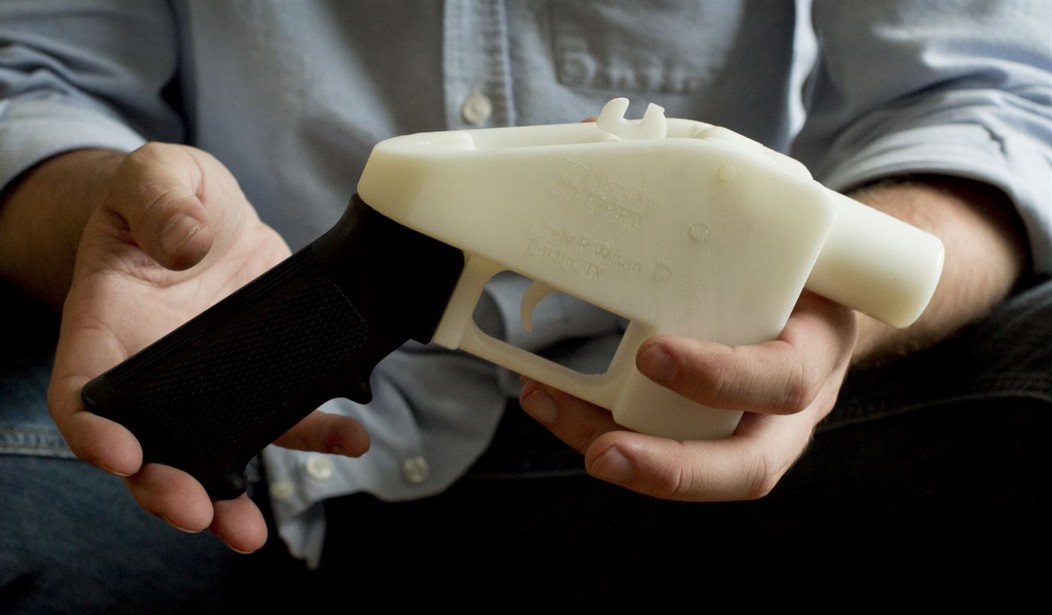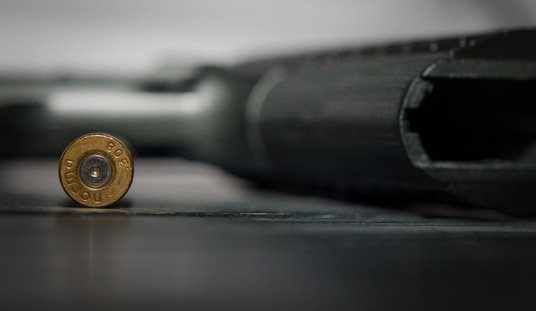For a while now, the media has been freaking out over so-called “ghost guns,” as has the ATF. Basically, any gun without a serial number that can’t be traced is a “ghost gun.” However, not all such weapons are created equally.
To be sure, I understand some of the concerns. However, I’ve long felt the fears are overblown. Yes, there’s difficulty tracking these weapons, which means bad people may get their hands on these guns, but having come of age in the ’90s, I’m used to the idea of bad people getting guns. They’ve been doing it since long before “ghost guns” were a thing.
Despite that, the media loves to freak out over them.
The technology to make 3D-printed guns that can evade metal detectors is improving, but the nation’s gun crime-fighting agency is not making such weapons a priority for monitoring, the U.S. Justice Department’s internal watchdog warns.
Inspector General Michael Horowitz wrote in a report earlier this month that the Bureau of Alcohol, Tobacco, Firearms and Explosives’ (ATF) has only encountered about dozen 3D-printed weapons in cases over the last four years.
“ATF officials told us that they have not identified 3D printing of firearms as a priority area to monitor,” Horowitz said.
The watchdog said he is concerned the agency has a security blindspot since “3D-printed firearms are comprised almost entirely of polymer materials that are undetectable by metal detectors.
“Moreover, 3D printing technology has seen advances in quality and decreases in cost and has become much more accessible to individuals, including prohibited persons,” he added, warning the agency currently doesn’t even track 3D-printed weapons in its eTrace computer database used by local police.
“ATF lacks a method to facilitate collecting 3-D printed firearms data, either in eTrace or outside of eTrace,” Horowitz noted. “Consequently, law enforcement cannot report and ATF cannot collect information regarding the material composition of a firearm or whether a firearm was possibly derived from 3-D printing.”
So, let me get this straight. In a nation of around 330 million people, the agency tasked with policing guns has only seen a dozen cases of 3D-printed guns over four years – meaning just three per year – and as such has decided this isn’t a major concern, and we’re supposed to be alarmed by this?
First, let’s understand that if these guns aren’t being used significantly in crimes, there’s no reason for the ATF to be alarmed in the first place. After all, it’s already illegal to make your own guns if you’re prohibited from buying a firearm. Otherwise, it’s perfectly legal under federal law to make your own guns via whatever means you have available to you.
Frankly, I don’t get where Horowitz is coming from. Other than that he clearly has bought into the mass hysteria surrounding these kinds of guns.
If the ATF isn’t seeing them show up in cases, then maybe that is the more telling thing. After all, if the fear is that criminals will use this technology, and they’re not using this tech, that should be heralded as good news.
And really, these guns are still detectable. You’d think the internal watchdog for the ATF would be aware of this fact.
So really, this particular flavor of hysteria is nothing more than a way to gin up outrage to call for the banning of something that is actually impossible to prevent people from doing. Absolutely brilliant.
This is where we are right now.
Frankly, I’m relieved the ATF isn’t freaking out over these guns. My hope is they continue to not consider it a priority, and for all the obvious reasons.








